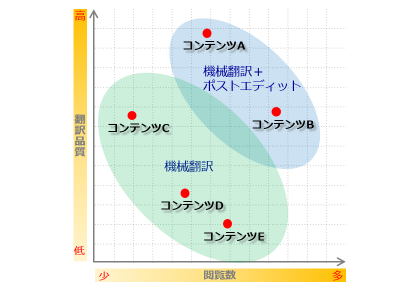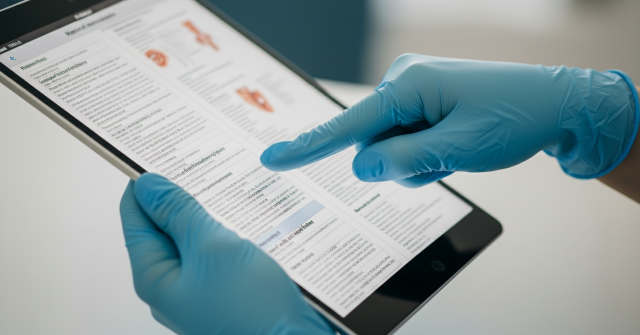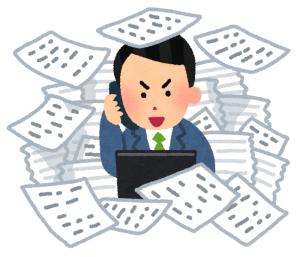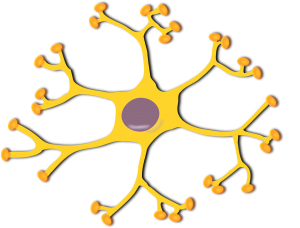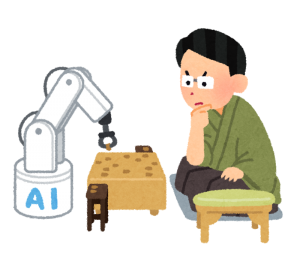The era of constantly pursuing "Translation = High Quality" has come to an end.
With limited budgets and time for translation,
depending on the priority of content and language,
it is now a trend to change the target quality and skillfully differentiate between human translation and machine translation.
This time, we will introduce three representative cases of companies that have implemented machine translation, changing the target quality based on the priority of content and language.
●Case 1: Content with High View Count After Machine TranslationOnly Brush Up the Content
Company A, a foreign-affiliated company, first machine-translates all help content on the web,
and publishes it as is for users. After publication, for content that receives a high number of views,
post-editing is conducted to refine the translations.
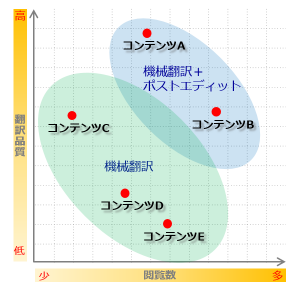
Due to the large number of content and languages, translating all content and languages at once
would incur excessive costs and time.
However, by using this method, you can prioritize and refine content based on view counts and user needs,
starting with the highest priority content.
●Case ② Set target quality for each language according to market needs
Company B, a domestic enterprise, utilizes machine translation for multilingual translation of web manuals.
Until now, all languages were translated by humans, but
to achieve cost reduction and shorten lead times, machine translation has been introduced.
In the post-editing process after machine translation,
we adjust the target quality for the languages of countries where the products sell well and where there are high views of the web manuals,
as well as for the languages of other countries.
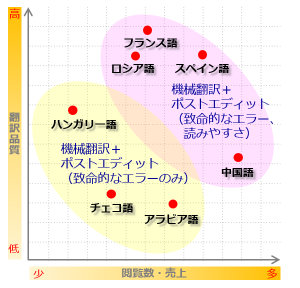
For example, post-editing in Chinese, which is the main market for our products, not only addresses fatal errors but also enhances the translation to make it more readable.
On the other hand, the sales of products and the number of views of web manuals are low.
Hungarian post-editing will only make minimal corrections for critical errors.
Until now, the same costs were incurred for all languages regardless of sales or views,
but by adopting this method,
it will be possible to allocate costs according to priorities such as sales and views.
●Case ③ Utilizing human translation and machine translation according to the importance of the information
Company C, a domestic enterprise, utilizes machine translation for multilingual translation of web manuals.
For information related to safety standards, which requires accurate information provision, translations are done by humans,
and the information is provided in PDF format.
For explanations of product operation procedures and other information not related to safety standards,
machine translation is used.
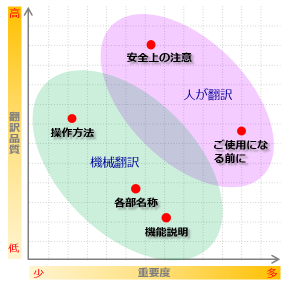
Until now, due to budget constraints, manuals for rare languages with small markets could only be provided in English.
However, by using this method, it has become possible to expand translations into more languages.
For users, having information in their native language is certainly more helpful than having no information at all,
even if there are some parts that are somewhat unclear due to machine translation.
Of course, on the webpage, we include a disclaimer stating, "This page has been translated using machine translation."
This allows users to understand that they are viewing a translation generated by machine translation.
We have introduced three cases, but instead of allocating the same budget and time for all content and languages,
it is a very rational approach
to adjust the distribution of costs and the desired quality according to importance and priority.
This can be said to be a very reasonable way of thinking in today's era.
Additionally, by effectively utilizing machine translation,
it opens up the possibility of translating languages and content that were previously not feasible due to budget constraints.
We encourage everyone to review whether the current translation costs, target quality, and methodsare optimal.
How about taking a moment to reconsider?
At Human Science, we also assist in prioritizing content and
in building quality design and translation processes tailored to language and content.
If you would like to review the translation process, not just machine translation,
please feel free to contact us.
If the form is not available, please send your inquiry via email to hsweb_inquiry@science.co.jp.
Thank you.
Alternatively, please feel free to contact us by phone at TEL: 03-5321-3111.
Related Articles
[Know-How] Quality, How Much Do You Demand? Design Standards for Post-Editing
https://www.science.co.jp/nmt/blog/21017/

